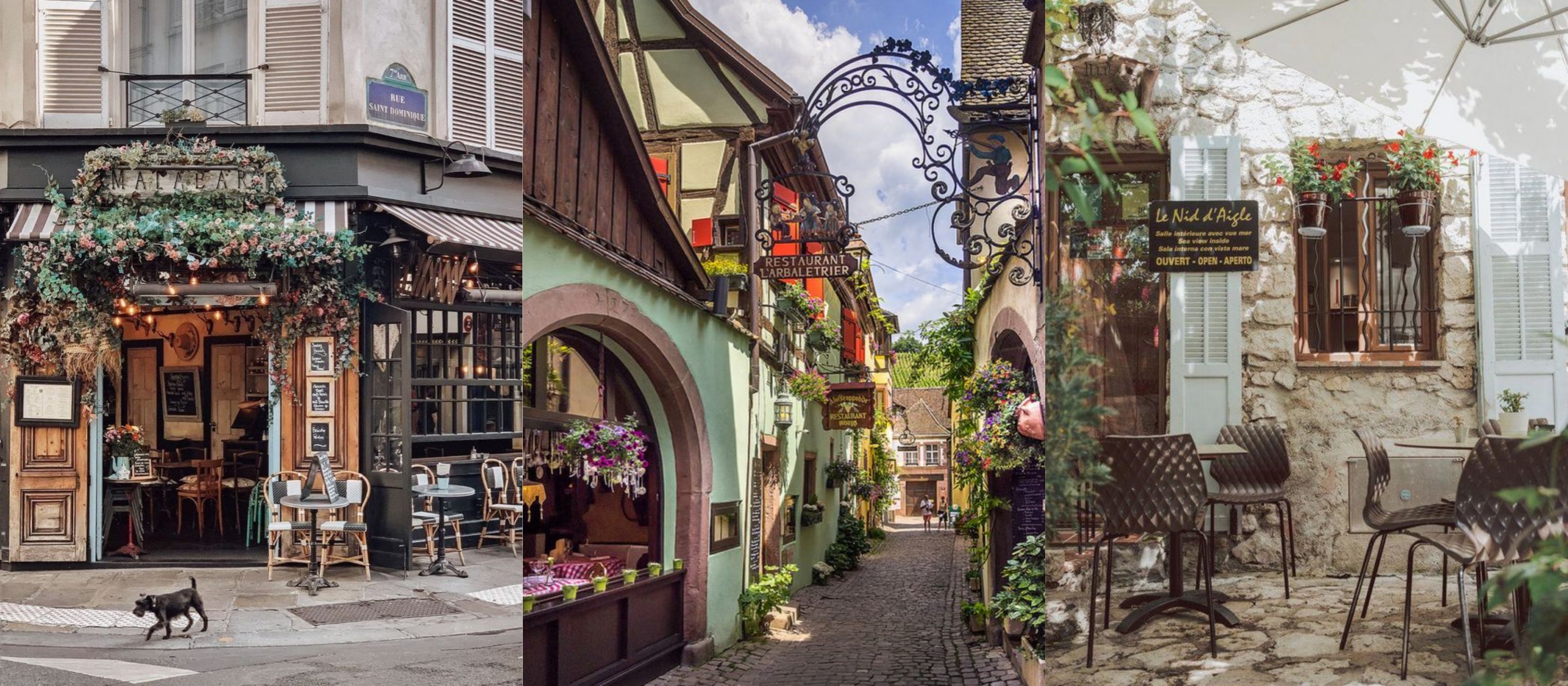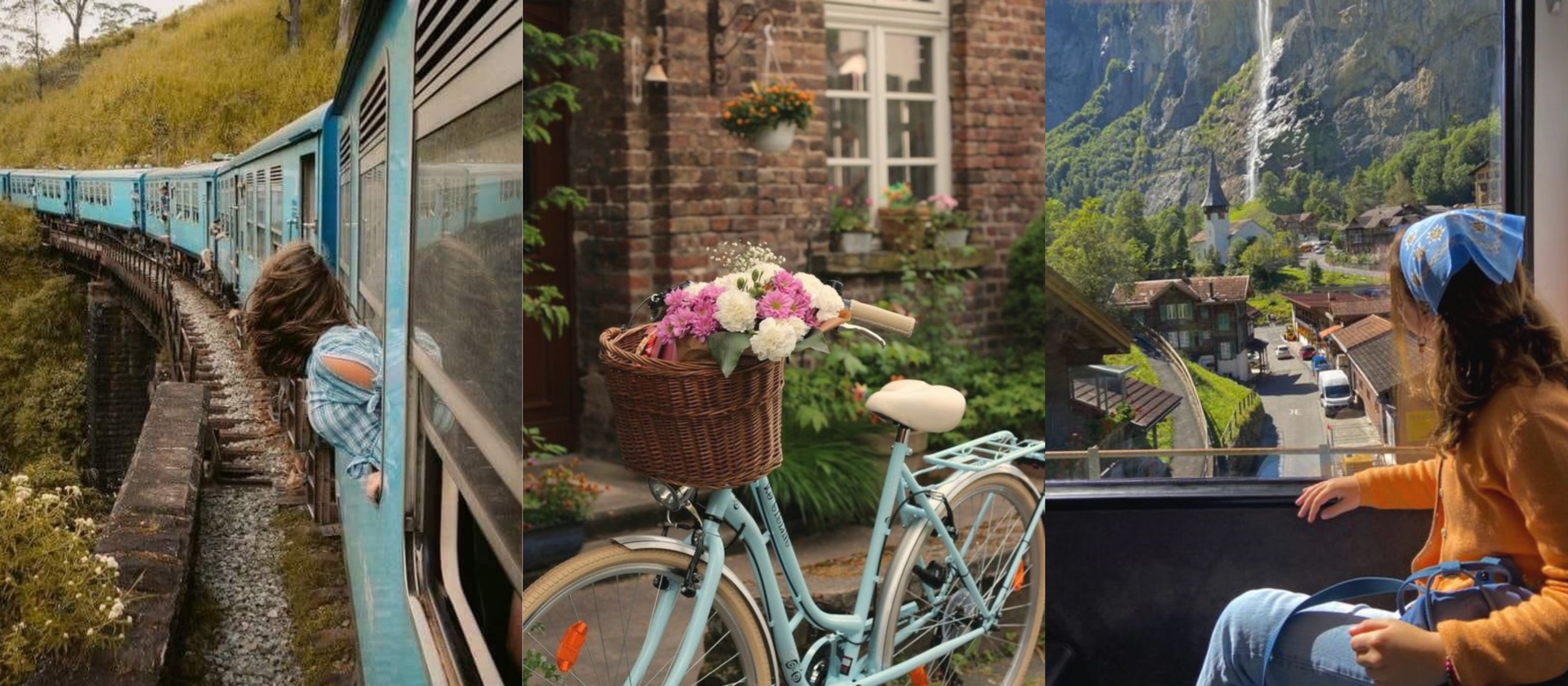The Art of Slow Travel: How to Savor Every Moment of Your Journey
In an era where “quick getaways” and “whirlwind tours” have become the norm, there’s a quieter revolution in travel: the rise of slow travel. More than just a trend, it’s a mindful approach to exploring the world, where the focus isn’t on ticking off bucket list destinations, but rather on connecting deeply with each place you visit—its culture, its people, and even yourself. Slow travel invites you to immerse, linger, and truly experience your surroundings. But how does one fully embrace this art form?
Here are a few tips to help you slow down, savor every moment, and turn your next trip into something profoundly memorable.
1. Prioritize Quality Over Quantity
It’s tempting to pack your itinerary with as many destinations as possible, but slow travel encourages you to choose fewer locations and spend more time at each. Rather than rushing from one famous landmark to another, carve out space in your schedule for moments of stillness. Wander aimlessly through a small village, sit at a café and watch life unfold, or stay an extra day in a city you hadn’t planned to explore in depth. The less you plan, the more you’ll discover.
By limiting your destinations, you open yourself up to spontaneity. That charming alleyway you discovered while searching for a museum? Stop and explore. The locals you met at a market? Strike up a conversation. With slow travel, serendipity becomes your best guide.

2. Embrace Mindfulness
At its core, slow travel is about being present in the moment. It’s not about snapping the perfect Instagram shot or rushing through activities, but about truly experiencing where you are. A practice of mindfulness can transform your entire travel experience.
Start by taking moments to engage all your senses. When you're at a local eatery, notice the aromas, flavors, and the textures of each bite. As you walk through a new city, tune into the sounds around you—the hum of conversations, the distant church bells, the footsteps on cobblestones. Breathing deeply and paying attention to your surroundings helps you stay grounded, making every moment richer and more fulfilling.
3. Stay Longer in One Place
Instead of bouncing from city to city, consider staying in one location for an extended period. Renting a local apartment or staying in a family-run inn can create a sense of home, allowing you to truly settle into the rhythm of the place. You begin to notice subtleties that you’d miss in a quick visit—how the light changes at different times of day, the pattern of the local’s routines, or the intricate details of everyday life.
Staying longer gives you a chance to become part of the local fabric. You might start to recognize familiar faces at the market, learn where the best street food stall is hidden, or even form friendships with the people you meet.

4. Travel by Land, Not Air
There’s something inherently more intimate about overland travel. Whether it’s by train, bus, or bicycle, traveling slowly allows you to appreciate the journey itself, not just the destination. Watching the landscape shift around you—from bustling cities to quiet countryside—invites a sense of wonder that’s lost when you fly directly from point A to point B.
Taking the scenic route, even if it’s a few hours longer, can be a chance to slow down your mental pace too. Trains, in particular, are perfect for meditative travel—there’s a rhythmic quality to the clickety-clack of the rails, the fleeting glimpses of towns and forests, and the rare opportunity to simply sit, reflect, and absorb the world passing by.
5. Connect with Local Culture
Slow travel is about building meaningful connections with the places you visit, and a crucial part of that is engaging with the local culture. Instead of sticking to tourist areas or following the typical guidebook recommendations, dive deeper. Attend local events, festivals, and traditions. Visit family-owned restaurants and shops, supporting the local economy. Take the time to understand the cultural nuances, the history, and the stories of the people who live there.
Learning a few key phrases in the local language can make a world of difference in fostering these connections. Even if you only master a simple “thank you” or “hello,” your effort will be appreciated, and you’ll find that people are more likely to open up and share their stories with you.
6. Let Go of the Itinerary
Perhaps one of the most important elements of slow travel is allowing yourself the freedom to wander. While it’s important to have a loose plan, be open to changing it at any moment. Allow yourself to get lost in the streets of an old town, or linger at a beach longer than intended. Some of the best travel experiences are unplanned, unfolding in unexpected ways when you give yourself permission to follow your instincts rather than a rigid itinerary.
Ultimately, slow travel isn’t just about how you move through a place; it’s about how you move through life. It teaches us to slow down, be present, and appreciate the beauty in every moment. So the next time you’re planning a trip, think less about how much you can see, and more about how much you can feel. Whether it’s a weekend escape or a month-long journey, when you travel slowly, every step becomes an adventure in itself.